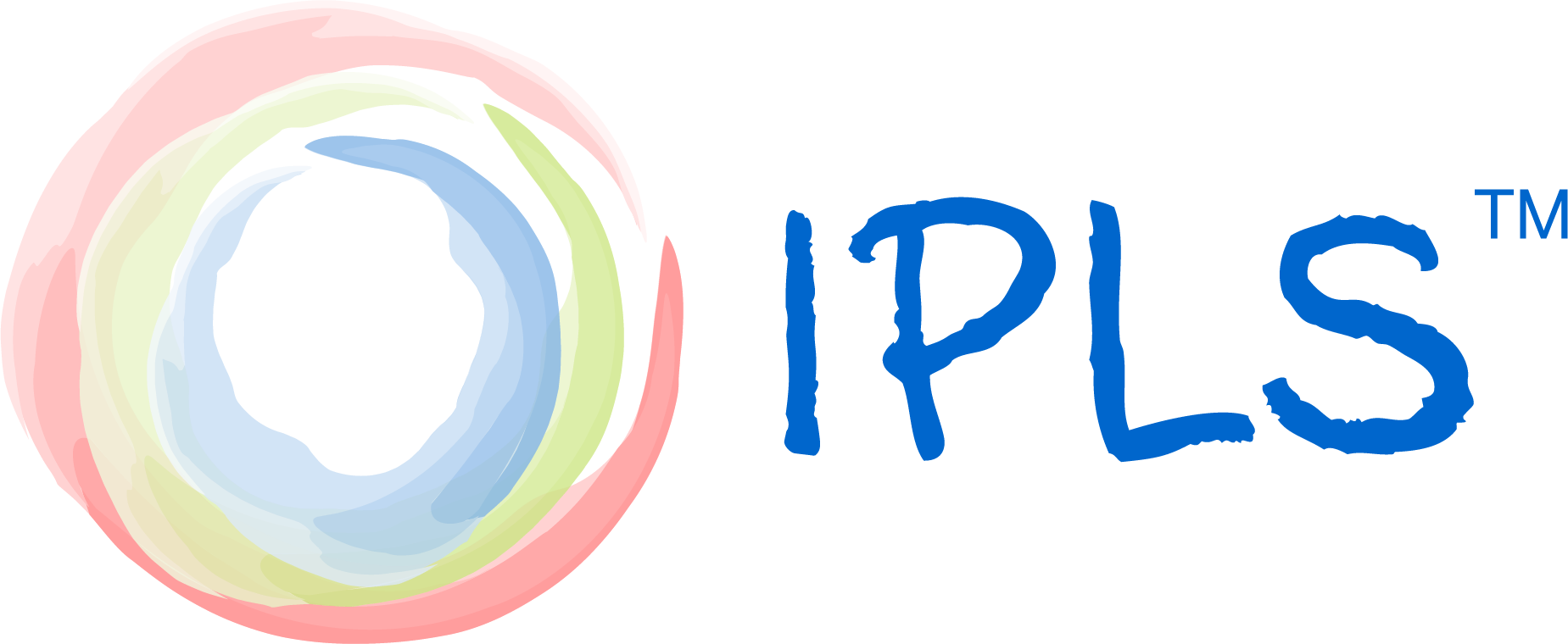The IPLS Project Risk Plan (PRP), to be prepared for the unwanted things
For each project you need to make and maintain an IPLS Project Risk Plan (PRP). In this PRP you need to list down the possible risks related to the project. There are two type of risks you need to identify, namely (1) internal risks and (2) external risks.
An internal risk is related to processes and work you control, and you should be able to tackle, prevent or resolve these internal risks 100% on your own / independently. Examples of internal risks are e.g. a bug, a broken laptop, coding standards not followed, an improperly prepared release plan, a change request not properly documented or understood, …
An external risk is related to processes and work that you do not control and are outside your direct sphere of influence. To tackle, prevent or resolve an external risk you depend on others. Some examples of external risks: a third-party supplier is not delivering in time, your customer is not responding in time which is causing a delay, …
In the IPLS Project Risk Plan (PRP) you do not only need to list down the internal and external risks, you also (and this is at least as important) need to describe which actions you will take to prevent, tackle or resolve each identified risk in case it would happen.
In line with the transparency core value of IPLS, it is mandatory to share and discuss the IPLS Project Risk Plan (PRP) with your customer.
Visit the IPLS wiki for more info about IPLS related topics
